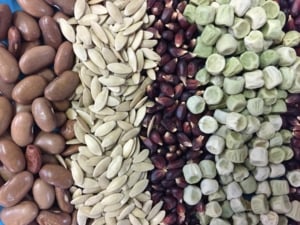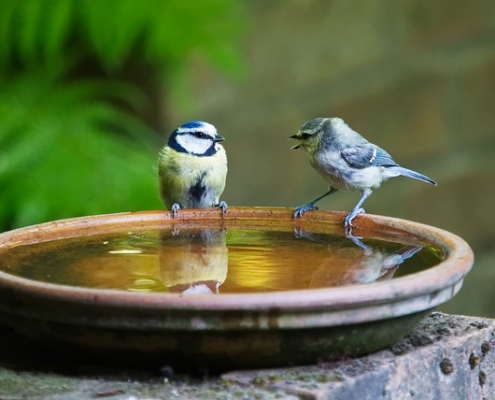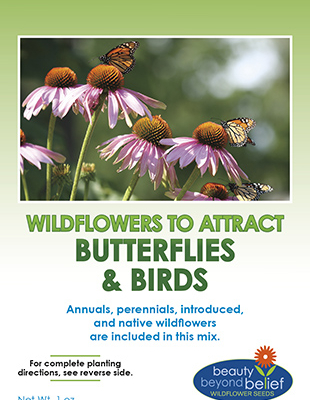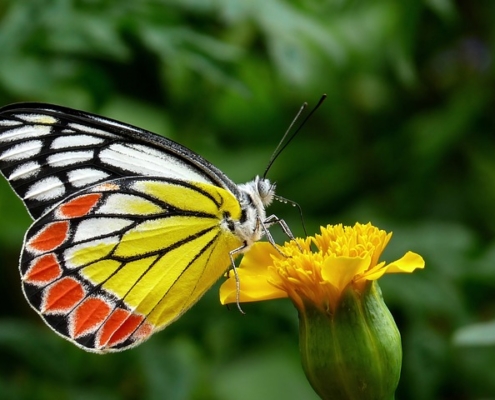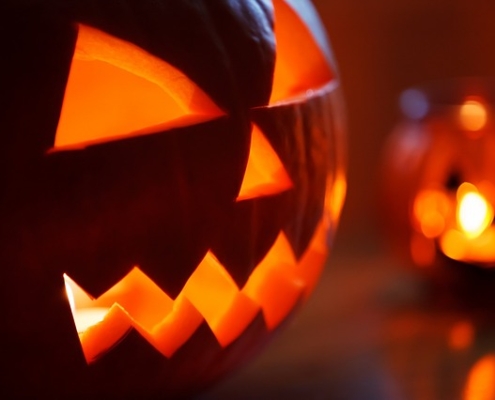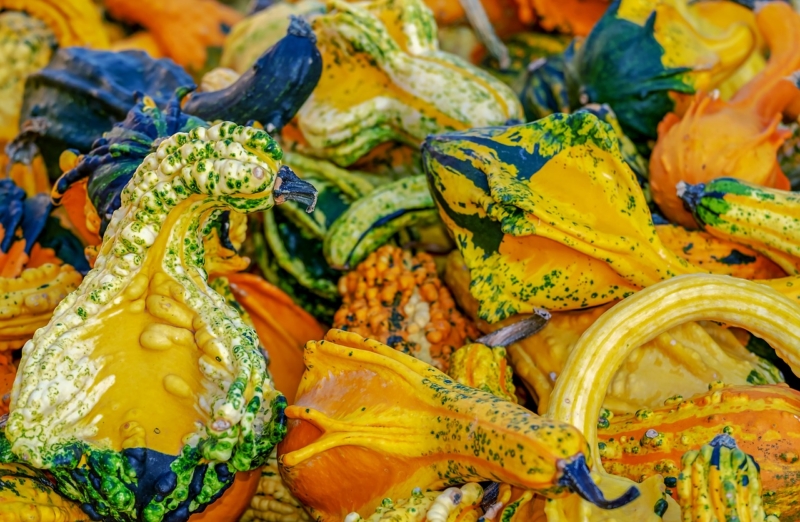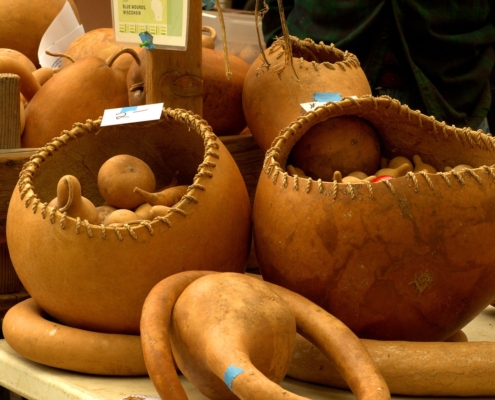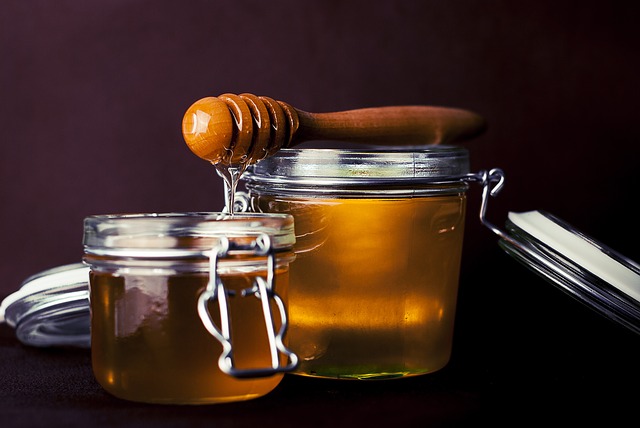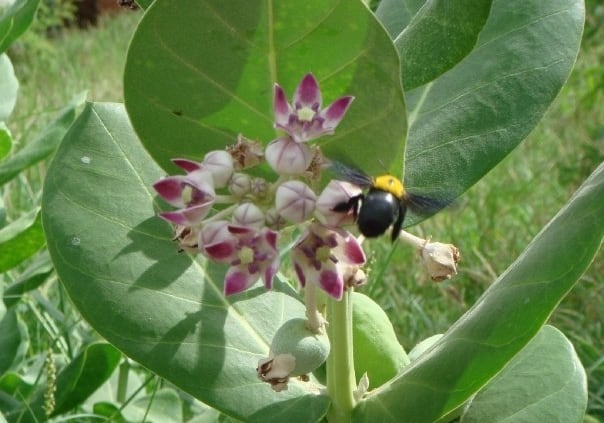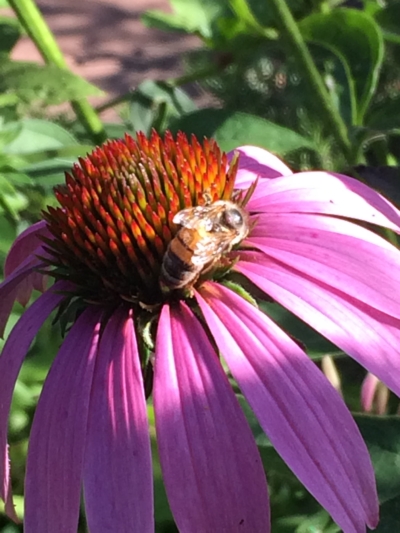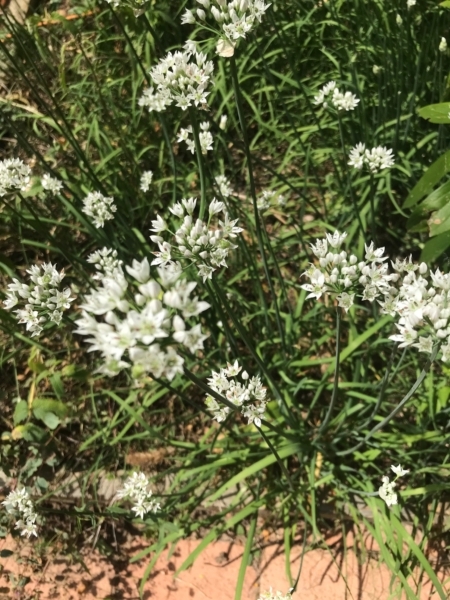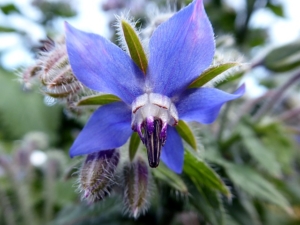Saving Seeds
Saving Seeds from Heirloom Vegetables
What are “heirloom” vegetables? An heirloom vegetable is a non-hybrid, open-pollinated variety that has been passed down from generation to generation and, in some cases, can be traced back hundreds of years. These seed lines have been carefully selected to maintain uniformity and consistency for germination.
Heirloom seeds become ‘heirloom’ because they exhibit exceptional traits desired by the gardener. Often this means the plants are more colorful, flavorful, and unique, or have great germination and vigor. Often the traits are location-dependent. Meaning, seeds planted in one garden will not produce in the same manner in another location. We encourage you to try heirloom seeds, see which have the qualities for your area to become your favorites and make them into your own very special seed line. Seed saving from heirloom vegetables is easy and fun.
Gardeners have found that as seeds are selected and saved over many years, production is increased and the quality is improved, creating plants that will produce best for that locale and will resist diseases and pests of that locale. Contributing to genetic diversity strengthens the ecosystem. Historically farmers and local gardeners have created and sustained this rich genetic heritage by learning to save their own seeds from varieties that perform best in their own mini-ecosystems. The current trend toward mono-crops where only one seed type is used to produce a crop worldwide is eliminating the ability to be able to find genetic variations that will withstand emerging pathogens and climate changes.
Planting your crop:
Start with good Heirloom Seed varieties. Keep in mind that to allow the plants to produce seed and to allow the seed to fully mature, you will have to allow for a longer growing season. This can be done by starting plants indoors and arranging for protection from frost in the late season. You will grow some for food or flower harvest and some for seed production. Fully mature seeds will be viable (able to germinate) and produce vigorous plants. You may want to do some research on the different flower types for proper pollination techniques and plant with row/species separation in mind, to prevent cross-pollination.
You also may look into caging procedures to isolate species that are in flower at the same time. By caging different plants on alternate days, you can take advantage of the pollinators to do the work without cross-pollinating your crop. Cage one plant or group on one day and early the next day, before the bees wake, transfer your cage to a different plant or group. Some crops are biennial and do not produce seed until the next year, so you will need to determine whether you should leave the roots in the ground over the winter or dig and store them.
There are many publications with detailed information on seed-saving and growing techniques for each species. “Seed to Seed” by Suzanne Ashworth, 2002 by Seed Savers Exchange, Inc. is a good way to get started. Also, check out these easy instructions for seed saving, written by the International Seed Saving Institute, a non-profit established to teach seed saving.
Why save seeds:
When you grow crops using your own saved seeds from your best plants for next year’s crops, the seeds begin to adapt to the growing conditions (temperature, moisture levels, pests, diseases, and so forth) that exist in your garden. This adaptation makes your garden stronger over time. Seeds that are used to grow crops year after year have the opportunity to adapt to incremental climate changes. As global temperatures change, these plants will have a better chance at survival and productivity. A single plant from a single seed can produce dozens or hundreds of seeds, increasing your seed stock exponentially. Sharing and exchanging seeds with other gardeners, community gardens or seed libraries helps to increase the diversity of everyone’s collections.
Harvesting and collecting seeds:
When saving seeds from heirloom vegetables, look for favorable characteristics such as; freeze and cold tolerance, heat tolerance, adaptability, winter hardiness, early maturation, vigor (strong germination, and growth), flavor, color, size, texture, etc. Also, look for desirable traits such as; vine or plant type, seed type, and specific disease resistance. Plan to be ready to harvest the seed as they mature.
– Collecting dry seed:
It’s easy to save seeds from plants that produce pods, husks, and other dry casings such as peas, beans, and flowers. The technique is called “dry processing” and is faster than collecting seed from fleshy, pulpy fruits such as tomatoes and cucumbers. Seeds that are dry-processed can be allowed to dry right on the plants unless there is wet weather in the forecast. Seeds often fall where they may, naturally, little by little. Often the pods will pop open when you are not around to collect the seed and it will be lost. Allow the seed pods to remain on the plant in the ground for as long as possible. Usually, the seed will not continue to mature after the pods are cut from the plant. To collect the seeds easily as the seeds begin to mature, secure paper bags over the seed heads and attach them to the stems of the plants. As they mature they will drop into the bags.
Separating the seeds from the chaff (dried pods and stems) is called threshing. Commercial threshing is done by multitasking machines that can harvest, thresh, and winnow the seeds all at once. For the home gardener, a bag, pillowcase, or small sack is all that’s necessary. Put the seeds into the bag, secure the ends, and roll it around, lightly crushing and breaking up the pods a bit. Be gentle so you don’t damage the seeds, but just loosen the chaff. For tinier seeds, you can just put them on a board and crush them with your fingers.
Then you will need to winnow the chaff from the seeds. Place the seeds in a bowl and gently blow on them to remove the lighter-weight chaff. Swirl the seeds around and continue blowing gently until most of the chaff is removed. Another option is to use a screen or sifter where the holes are smaller than the chaff to simply sift them apart.
– Collecting seeds from pulpy fruits:
Pick the best, most ripe (even to the point of over-ripe) tomato, pepper, cucumber, etc. Choosing an over-ripe veggie will ensure the seed has fully developed. If you wait for a frost or freeze before you pick the fruit or veggie, most of the seed will not be developed enough to be viable next year.
Cut open the fruit and scoop out the seeds or for small fruits like cherry tomatoes, simply squeeze the seeds out into a glass jar. Add a little water and label the jar with the seed variety. The seeds usually are surrounded by a gel that inhibits germination. Leave for two to five days to begin fermenting. This will break down the seed coat while killing off many of the harmful bacteria and fungi lurking on the seeds. Swirl the contents in the jar every day.
When the pulp floats to the top, the seeds are ready for cleaning. Most of the seeds will have sunk to the bottom. Carefully skim off the pulp then tip the liquid and seeds into a strainer. Wash the seeds under running water, using the back of a wooden spoon to carefully remove any remaining material stuck to the seeds. Spread the seeds onto a paper towel to remove most of the water, then transfer them to a non-stick surface such as a dinner plate. Dry the seeds in a warm place out of direct sunlight. It will take two to three weeks for the seeds to completely dry out.
Make sure you label the seeds with their name and the date they were collected immediately after you have finished harvesting each variety. Excellent record-keeping is your best friend when it comes to seed-saving. It’s amazing how easy it is to mix up seed varieties!
How long do seeds last?
If you keep your seeds in a cool dry place, your seeds can last for years. These things are seed killers: excess moisture, excess heat, light, and rodents. Some seeds last easily for years. Others only last one year before the germination rate goes down.
Here is a chart from the Chicago Botanic Gardens on longevity in vegetable seeds as well as one from Iowa State University extension.
Seeds that have passed their prime for producing viable plants can be used to scatter as a cover crop, for bird seed, for eating, or for cooking (as in herb seeds).

